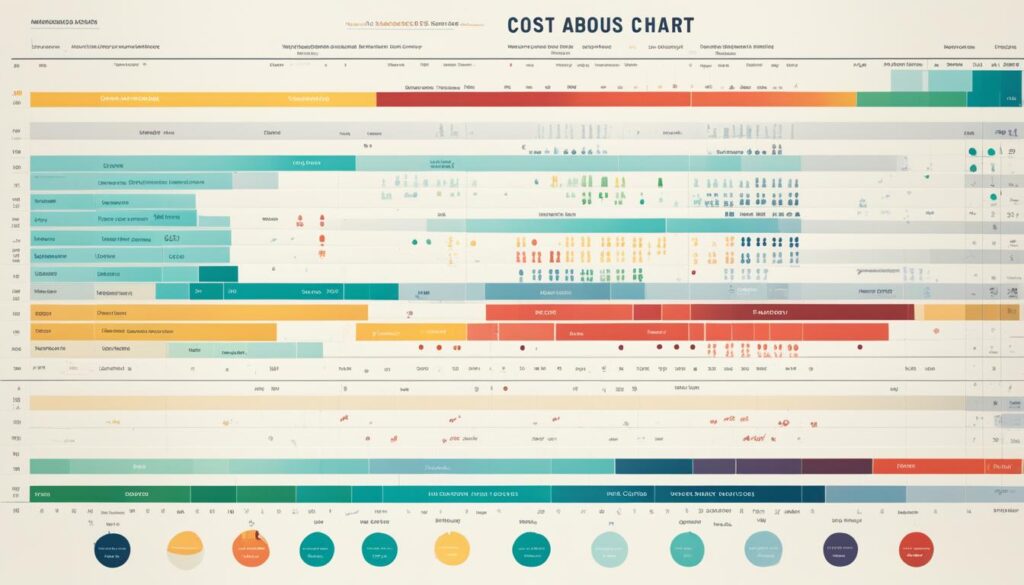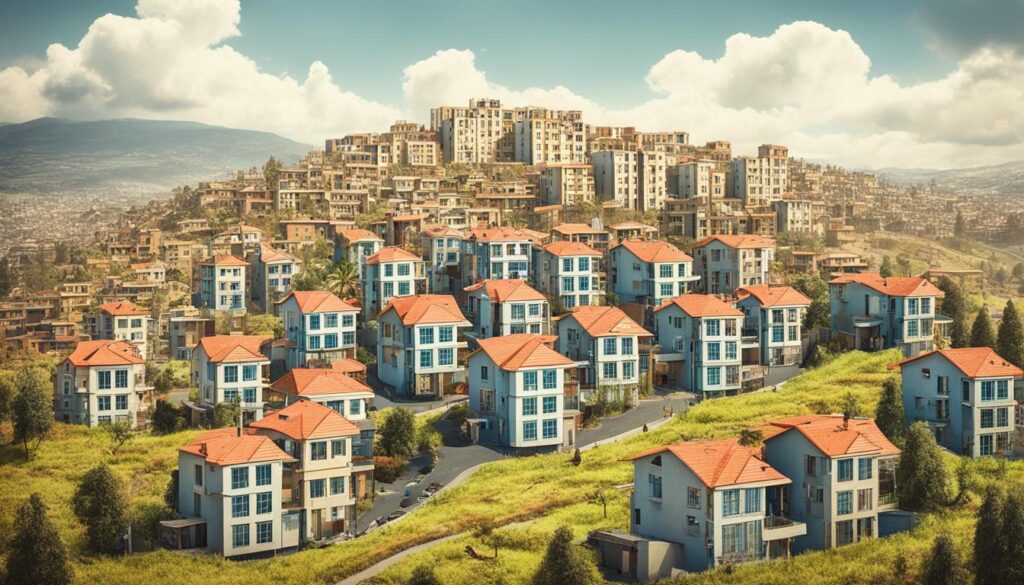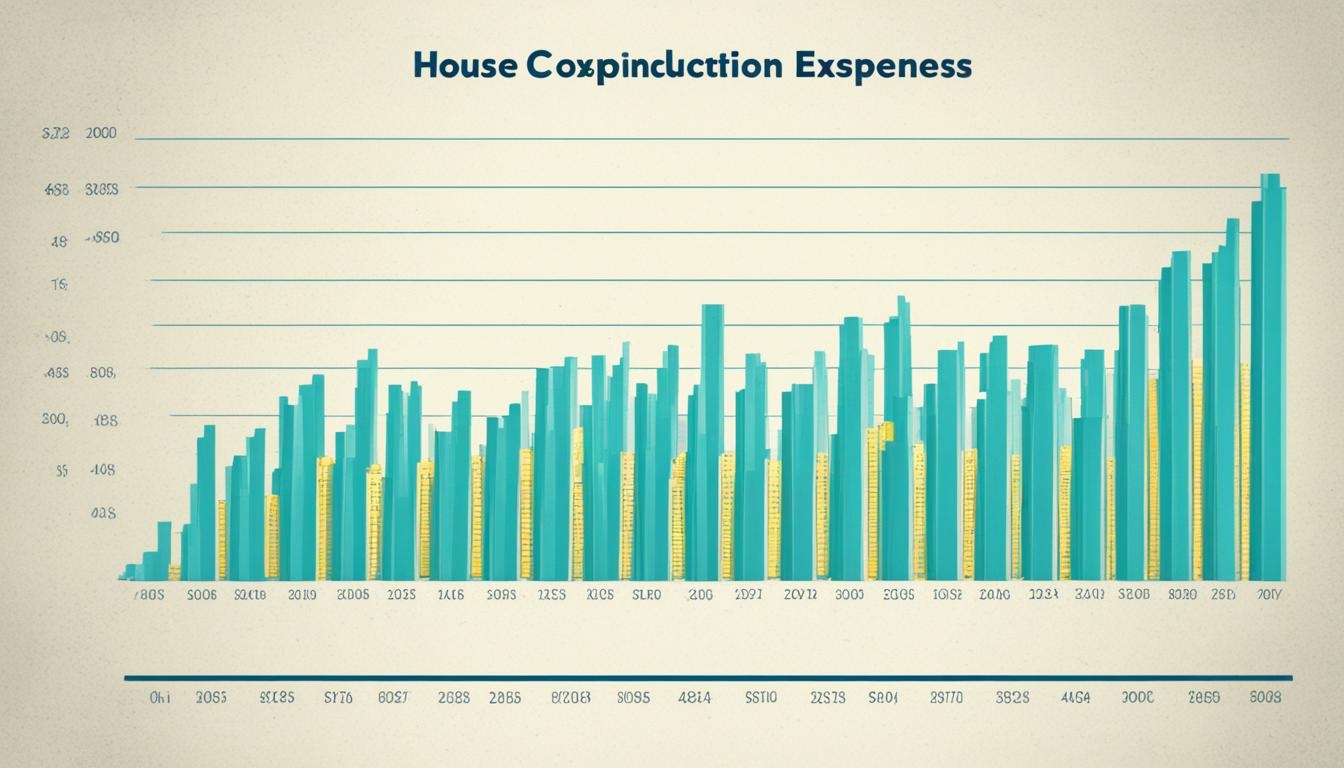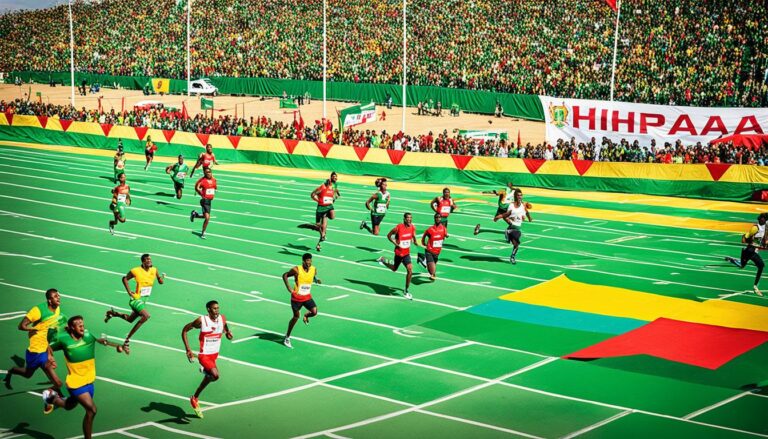How Much Does It Cost to Build a House in Addis Ababa?
Are you considering building a house in Addis Ababa, Ethiopia? Before embarking on such a venture, it’s crucial to understand the costs involved. Construction expenses can vary significantly depending on various factors. From house construction expenses to building expenses in Ethiopia, we’ll delve into the details and provide you with valuable insights. So, let’s explore the cost of building a house in Addis Ababa together.
Factors Driving the Cost Escalation
Several factors contribute to the overall cost escalation of building houses in Addis Ababa. The rising construction input prices have significantly increased the cost of materials such as cement and rebar. This, combined with the widening demand and supply gap in the housing market, has created a highly competitive environment where prices continue to rise. On average, the cost per square meter to build a house in Addis Ababa is around 35,000 birr, excluding land expenses.
The breakdown of construction costs reveals that a majority of the budget is allocated to direct costs, such as purchasing materials. The remaining portion covers indirect costs like overhead expenses and profits. Additionally, rising labor costs and supply chain disruptions further contribute to the escalating construction expenses. Ethiopia’s heavy reliance on imports for construction materials exacerbates the situation, as it is affected by foreign exchange market instability and scarcity of foreign currency.
As a result of these factors, the final pricing of housing units has reached high levels, with residential flats costing up to 75,000 birr per square meter. Foreign developers may even charge higher prices due to additional costs incurred in importing materials and managing logistics.
The image above visually represents the impact of rising construction input prices on the overall cost escalation in the housing market.
Construction Cost Breakdown

When building a house in Addis Ababa, it is essential to understand the cost breakdown. This breakdown involves different phases and estimates that contribute to the overall construction expenses. Let’s delve into each of these aspects:
Design Cost Estimate
The design cost estimate encompasses various expenses necessary for the successful planning and approval of your house. These expenses include getting blueprints approved, conducting soil investigations, and preparing working drawings. It’s crucial to allocate a budget for these initial stages to ensure a well-designed and structurally sound house.
Construction Cost Estimate
The construction cost estimate represents the bulk of your expenses and covers the major construction works involved in building your house. This includes foundation, superstructure and roof work, walls, electrical and sanitary works, finishing, metal works, sanitary works, and electrical works. Allocating funds for each of these components helps you plan and execute the construction process effectively.
Supervision and Consultancy Work Cost Estimate
Supervision and consultancy work is crucial for ensuring the smooth execution of your construction project and maintaining quality standards. This cost estimate includes fees for selecting a building contractor, contract administration, and overseeing the execution of the work. Investing in proper supervision and consultancy helps minimize potential issues and ensures your project is completed efficiently.
Total Construction Estimate
The total construction estimate is the culmination of all the individual cost estimates mentioned above. It represents the expected total cost of building your house in Addis Ababa, including a contingency budget for rises in costs and unforeseen expenses. For instance, a specific project in Kolfe Keranyo Sub-City may amount to approximately £61,710. By having a comprehensive total construction estimate, you can plan your budget accordingly and avoid any financial surprises along the way.
Addressing High Real Estate Prices

To address the issue of high real estate prices in Ethiopia, we need to take concerted efforts to stabilize the foreign exchange market and reduce our reliance on imports.
One effective way to achieve this is by promoting local production of construction materials. By investing in our local industries and infrastructure, we can contribute to the growth of the construction sector and create more affordable housing options.
Stabilizing the foreign exchange market would also play a crucial role in mitigating the cost escalation. By ensuring a stable and reliable foreign exchange rate, we can reduce the impact of foreign currency fluctuation on construction costs and ultimately make housing more affordable for all.
Addressing high real estate prices is vital to improve affordability and accessibility in the housing market. It is a challenge not only for developers but also for homebuyers who are looking for feasible options. By taking these steps, we can pave the way for a more sustainable and inclusive real estate market.
Conclusion
The cost of building a house in Addis Ababa is greatly influenced by various factors, including rising construction input prices, labor costs, and supply chain disruptions. These factors, combined with the unmatched growth in demand and supply of housing and the heavy reliance on imports, have led to the overall escalation of real estate prices in Ethiopia’s capital.
To address this issue, it is crucial to take steps towards stabilizing the foreign exchange market and promoting the local production of construction materials. These measures can help stabilize input prices and reduce the reliance on expensive imports, ultimately contributing to more affordable housing options.
By investing in infrastructure and supporting local industries, we can stimulate the growth of the construction sector, create job opportunities, and improve the affordability of houses in Addis Ababa. This will not only benefit developers, but also ensure that a wider range of individuals and families have access to decent and affordable housing.





